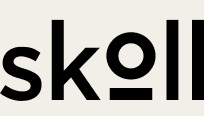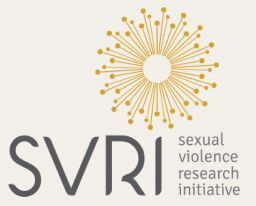Last week I was fortunate to receive corrective surgery on my disabled arm, a remnant of an injury from over 9 months ago. When the COVID-19 pandemic hit, changing all of our plans, it understandably delayed non-essential medical procedures like the one I needed.
July 2020 marks 30 years since the passage of the Americans with Disabilities Act (ADA). Twelve years ago the Convention on the Rights of Persons with Disabilities (CRPD) came into effect, which was the first United Nations (UN) human rights treaty of the 21st century, and also the UN convention with the largest number of signatories in history on its opening day.
As I recover, I am reflecting on what these mean for my friends and colleagues with disabilities, including disabilities that are permanent or longer-term than my own.
We have made progress through high-level decisions and cultural shifts. For example, plans for people with disabilities are now included in the UN’s Sustainable Development Goals, the Paris Agreement on Global Climate Change, the Sendai Framework for Disaster Risk Reduction, and the Addis Ababa Action Agenda on Financing for Development. Yet there is much more to do – we still have not achieved universal access, and people with disabilities are being disproportionately affected by the COVID-19 pandemic in multiple ways.
- People with disabilities are at a higher risk of severe symptoms and death from COVID-19. A study published in the Disability and Health Journal found that there is a higher COVID-19 fatality rate among people with intellectual and developmental disabilities (IDD). The researchers also found a higher concentration of COVID-19 cases at younger ages for people with IDD. Last month, the American Civil Liberties Union (ACLU) shared devastating statistics on the anniversary of the landmark U.S. Supreme Court decision in Olmstead v. L.C., which recognized that unjustified segregation of people with disabilities is a form of discrimination: Nearly 50% of COVID-19 deaths have been among people living in nursing homes, psychiatric hospitals, and other congregate settings for people with disabilities, while this population only makes up less than 1% of the U.S. population. The ACLU warns us that these excess and inequitable deaths are "not unavoidable – they are the result of deadly discrimination."
- People with disabilities are also excluded as much of our world moves online during the COVID-19 pandemic, impacting everything from education and employment to essential services and social connection. There is growing worldwide concern about the digital divide, where many people still lack access to technologies like computers and smartphones, not to mention affordable as well as reliable internet and even electricity. The most affected tend to be lower-income, older generations, racial and ethnic minorities, sexual and gender minorities, and people with disabilities, with many intersectionalities. Exacerbating this, people with disabilities can face additional barriers, such as:
- Increased risks of online harassment and discrimination
- Lack of adaptations for limited abilities to see, hear, and understand content
- Lack of adaptations for limited physical abilities to use devices (ex. following my injury, I learned to type using one hand supplemented with voice recognition software)
It is more crucial than ever to mitigate barriers like these during a pandemic, where online access to quality information and essential activities can directly influence health outcomes.
Here at Meedan, the Digital Health Lab is working to address "viral misinformation that facilitates the spread of a particular health outcome or disease," also called a "misinfodemic," by increasing access to expert-sourced information about COVID-19.
Meedan’s efforts to increase access include avoiding jargon to make information readable by the general public, providing a glossary with simplified definitions of scientific terms, translating information for non-English speakers, and disseminating information across diverse media channels. In this process, we cannot forget to include people with disabilities. Leaving out people with disabilities means hurting a significant proportion of humanity: The World Health Organization (WHO) estimates that over 1 billion people experience some form of disability. Additionally, the ADA and CRPD require making online content, services, and systems accessible to people with disabilities.
Equality under the law does not automatically translate to equity in everyday practice. We have to do the hard work of building the inclusive world we’d like to see, and we need to continuously work on addressing ableism and centering disability justice. Meedan’s Digital Health Lab is striving to increase access to COVID-19 information for all, including people with disabilities, and we invite you to join us.
Resources:
ADA Best Practices Chapter 5 Website AccessibilityFederal Social Media Accessibility Toolkit HackpadW3C Accessibility Standards Overview
Dr. Jessica Huang currently serves as a Pandemic Response and Recovery Fellow with the Bloomberg City Leadership Initiative at Harvard University’s John F. Kennedy School of Government, while working as a consultant for the COVID-19 Expert Database with Meedan’s Digital Health Lab. She is grateful to be part of the Boston Inclusion Community convened by Partners for Youth with Disabilities. Previously, she was an instructor with the Massachusetts Institute of Technology’s D-Lab, where she collaborated on design projects in sustainable development, global health and humanitarian innovation across five continents. She holds a Doctorate of Public Health from Harvard University’s T.H. Chan School of Public Health, and a Master’s in Learning, Design and Technology from Stanford University.
We collaborated with 53 partner organizations worldwide to design and carry out our 2024 elections projects. We extend special gratitude to our lead partners in Brazil, Mexico and Pakistan, whose work we highlight in this essay.
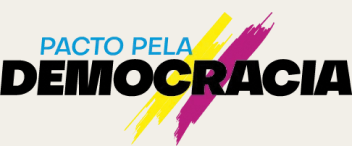
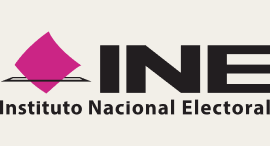
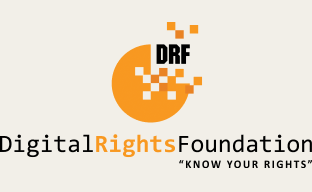
The 2024 elections projects featured in here would not have been possible without the generous support of these funders.
